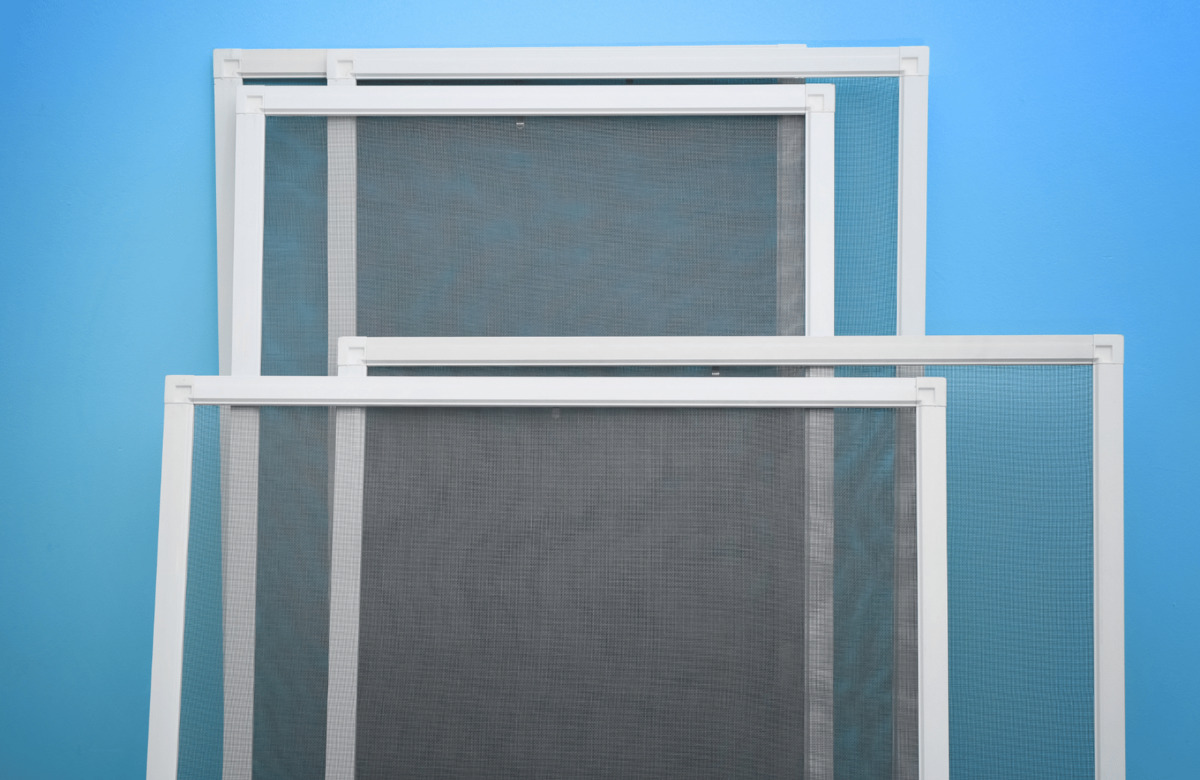

Articles
How To Store Window Screens
Modified: January 9, 2024
Looking for articles on how to store window screens? Find easy and effective tips for storing your window screens properly to keep them in great condition.
(Many of the links in this article redirect to a specific reviewed product. Your purchase of these products through affiliate links helps to generate commission for Storables.com, at no extra cost. Learn more)
Introduction
Window screens are valuable assets for any homeowner. They not only allow fresh air to circulate throughout your home, but also keep pesky insects and debris out.
However, there may come a time when you need to store your window screens, whether it’s due to seasonal changes or home renovations. Properly storing your window screens is crucial to ensure their longevity and effectiveness.
In this article, we will guide you through the process of storing window screens. From assessing the condition of your screens to choosing the right storage space, we will provide you with the necessary steps and tips to ensure a successful storage experience.
So, let’s dive in and learn how to store window screens effectively!
Key Takeaways:
- Properly storing window screens involves assessing their condition, cleaning them thoroughly, and choosing a suitable storage space to maintain their longevity and effectiveness.
- Avoid common storage mistakes by cleaning screens, using protective covers, and storing them in a clean, dry, and climate-controlled space to protect against damage and deterioration.
Read more: How To Remove Window Screen Plunger Pins
Assessing Your Window Screens
Before you begin the process of storing your window screens, it’s important to assess their condition. This will help you determine whether any repairs or maintenance are needed before storing them.
Start by examining each window screen individually. Look for any signs of damage or wear, such as tears, holes, bent frames, or loose mesh. Take note of any screens that require attention before storage.
If you notice any minor damages, you may be able to repair them yourself. Small tears can often be patched up using a screen repair kit, which can be found at most home improvement stores. For more extensive damage, it may be necessary to contact a professional for repairs or consider replacing the screen entirely.
In addition to checking for visible damage, take the time to inspect the overall cleanliness of your window screens. Remove any dirt, dust, or debris that may have accumulated on the surface or in between the mesh. This will not only improve the appearance of the screens, but also prevent any potential damage during storage.
Assessing your window screens before storage will ensure that they are in optimal condition and ready for future use. It will also allow you to address any necessary repairs or maintenance, guaranteeing their longevity and performance.
Preparing Your Window Screens for Storage
Once you have assessed your window screens and addressed any necessary repairs, it’s time to prepare them for storage. Proper preparation will help protect your screens from damage and ensure they remain in good condition until needed again.
First, start by removing the window screens from their respective frames. Carefully detach each screen and lay them flat on a clean and dry surface. This will allow you to work on them more easily and prevent any accidental damage.
Next, give the screens a thorough cleaning. Use a soft brush or a lint-free cloth to gently remove any remaining dirt or debris. You can also use a mild detergent mixed with warm water to clean more stubborn stains. Avoid using harsh chemicals or abrasive cleaners, as they can damage the mesh or frame of the screens.
Once the screens are clean, rinse them with water to remove any soapy residue. Make sure to completely dry the screens before moving on to the next step. Moisture can lead to mold or mildew growth during storage, which can cause damage to the screens.
After the screens are dry, it’s a good idea to add an extra layer of protection. Wrap each screen individually with a clean cloth or place them in protective sleeves. This will help prevent scratches, dents, or other types of physical damage during storage.
Finally, label each screen or its corresponding frame with a marker or a label. This will make it easier to identify and locate the correct screens when you need them again. It’s also a good practice to take photos of the screens and note any specific details, such as the dimensions or the room where they belong.
By properly preparing your window screens for storage, you can ensure they are in pristine condition and ready for use whenever you need them again.
Cleaning Your Window Screens
Properly cleaning your window screens before storing them is an essential step to maintain their functionality and appearance. Over time, screens can accumulate dust, dirt, pollen, and other debris, which can affect their performance and longevity. Here are some steps to follow when cleaning your window screens:
- Remove the screens from the windows: Start by carefully removing the window screens from their frames. Take note of their order or location to facilitate reinstallation later.
- Brush off loose debris: Use a soft brush or a handheld vacuum cleaner with a brush attachment to gently remove any loose dirt, dust, or debris from the screens. Pay attention to both sides of the mesh and the frame.
- Prepare a cleaning solution: Fill a bucket with warm water and add a mild detergent or dish soap. Avoid using harsh chemicals or abrasives that could damage the screens.
- Wash the screens: Dip a soft sponge or microfiber cloth into the cleaning solution and gently scrub the screens, working in circular motions to dislodge any stubborn dirt or stains. Pay extra attention to areas with visible grime or buildup.
- Rinse with water: Once you’ve thoroughly scrubbed the screens, rinse them with clean water to remove any soap residue. You can use a hose or a spray bottle filled with water to ensure thorough rinsing.
- Dry the screens: Shake off any excess water and place the screens in a well-ventilated area to air dry. Avoid exposing them to direct sunlight, as it can cause the screens to warp or fade.
- Inspect for any remaining dirt or damage: After the screens have dried, inspect them closely for any remaining dirt or stains. Use a soft cloth or sponge dipped in the cleaning solution to spot-clean any problem areas if necessary.
- Reinstall the clean screens: Once the screens are completely dry and free from dirt, reinstall them back into the windows. Make sure they fit securely and are properly aligned.
By regularly cleaning your window screens and removing any dirt or debris, you can prolong their lifespan and maintain their effectiveness. Furthermore, clean screens will enhance the air quality in your home and provide an unobstructed view of the outdoors.
Removing and Storing Window Screens
When the time comes to remove and store your window screens, it’s important to do so carefully to avoid any damage. Here are the steps to follow:
- Start by opening the window: Before removing the screen, open the window fully to provide easy access to the screen and its frame.
- Locate the tabs or clips: Look for the tabs or clips that hold the screen in place. These can typically be found on the sides or top of the screen frame.
- Release the tabs or clips: Gently push or lift the tabs or clips to release the screen from the frame. Be cautious not to apply excessive force, as this can cause damage.
- Support the screen: As you release the tabs or clips, use your other hand to support the screen to prevent it from falling or bending.
- Remove the screen: Carefully pull the screen out of the frame, angling it slightly if necessary. Keep the screen flat to avoid bending or warping.
- Inspect the frame: While the screen is removed, take the time to inspect the frame for any damage or wear. Repair or replace any damaged frames before storing.
- Choose a suitable storage location: Find a clean, dry, and climate-controlled area to store your window screens. Avoid areas with excessive moisture or extreme temperatures.
- Protective wrapping: Wrap each screen individually in a clean cloth or place them in protective sleeves to prevent scratches or damage during storage.
- Stack or store vertically: If you have multiple screens to store, stack them vertically with a protective layer between each screen. Alternatively, you can store them in a standing position.
- Label and organize: Label each screen or its corresponding frame with a marker or label to ensure easy identification when you need to reinstall them. Arrange the screens in a way that allows for easy access and retrieval.
Remember to handle your window screens with care during removal and storage to prevent any bending, tearing, or other forms of damage. With proper handling and storage, your window screens will remain in excellent condition until you’re ready to reinstall them.
When storing window screens, make sure to clean them thoroughly to remove any dirt and debris. Store them in a dry, cool place to prevent mold and mildew growth. Consider using a storage bag or container to keep them protected.
Choosing the Right Storage Space
When it comes to storing your window screens, selecting the appropriate storage space is crucial to ensure their protection and longevity. Here are some factors to consider when choosing the right storage space:
- Dryness: Opt for a storage area that is dry and free from excessive moisture. Moisture can lead to mold, mildew, and rust formation, which can damage the screens.
- Temperature control: Ideally, choose a storage space that maintains a moderate temperature. Extreme heat or cold can cause the screens to warp or become brittle.
- Cleanliness: Ensure that the storage area is clean and free from dust, dirt, or debris. If necessary, clean and sweep the area before storing the window screens.
- Protection from sunlight: Avoid storing the screens in direct sunlight or areas with intense UV exposure. Prolonged exposure to sunlight can cause fading or discoloration of the screens.
- Security: If possible, select a storage space that provides adequate security, such as a locked room or a secure storage unit. This will safeguard your window screens from theft or vandalism.
- Accessibility: Consider the ease of access to the storage area. You may need to retrieve the screens in the future, so choose a location that allows for convenient retrieval.
- Space availability: Ensure that the storage space has enough room to accommodate your window screens without overcrowding. Avoid piling or stacking the screens too closely, as this can lead to damage.
- Elevated storage: If possible, elevate the screens off the floor with the help of pallets, shelving units, or storage racks. This will protect them from potential water damage in case of a leak or flooding.
By carefully considering these factors, you can choose a storage space that will provide optimal conditions for your window screens. Remember, the goal is to protect the screens from environmental factors that can cause damage or deterioration.
Storing Window Screens Properly
Now that you have chosen the right storage space for your window screens, it’s important to store them properly to ensure their longevity and protection. Follow these steps to store your window screens effectively:
- Arrange the screens: Place your screens in the chosen storage space in an organized manner. Stack them vertically or store them horizontally, depending on the available space and the size of the screens.
- Use protective covers: To provide additional protection, consider using covers or bags specifically designed for window screen storage. These covers will prevent dust, dirt, and debris from accumulating on the screens.
- Separate and cushion: If you are storing multiple screens, place a layer of protective material, such as bubble wrap or foam padding, between each screen to prevent scratching or damage.
- Avoid pressure or weight: Be mindful not to stack heavy objects on top of the screens, as this can cause them to bend, warp, or become misshapen. Keep the screens free from any unnecessary pressure or weight.
- Label and identify: Clearly label each screen or its corresponding frame with a marker or label to easily identify and locate them in the future. This will save you time and effort when you need to reinstall the screens.
- Regularly inspect: Periodically check on your stored window screens to ensure they remain in good condition. Look for any signs of damage or pest infestation, and address any issues promptly.
- Maintain proper ventilation: If the storage space allows, ensure there is proper ventilation to prevent the buildup of moisture and condensation, which can lead to mold or mildew growth.
- Follow manufacturer recommendations: If you have window screens with specific storage instructions provided by the manufacturer, be sure to follow them accordingly. Different materials and types of screens may require specific care and storage considerations.
By following these guidelines, you can properly store your window screens and preserve their quality and functionality. When the time comes to reinstall them, you’ll have screens that are in excellent condition and ready for use.
Avoiding Common Storage Mistakes
When it comes to storing your window screens, there are several common mistakes that you should avoid to ensure their proper preservation. By steering clear of these mistakes, you can protect your screens from damage and extend their lifespan. Here are some key mistakes to avoid:
- Skipping the cleaning process: Failing to clean your window screens before storage can lead to the buildup of dirt, dust, and debris. Be sure to clean them thoroughly to prevent the accumulation of grime, which can cause deterioration over time.
- Storing screens without proper protection: Neglecting to use protective covers or bags can leave your window screens vulnerable to scratches, tears, or damage from other items in storage. Always use appropriate covers to shield the screens from potential harm.
- Stacking or piling screens haphazardly: Storing your window screens in a disorganized manner can lead to bending, warping, or misshaping. Stack or store them vertically, with proper cushioning in between, to prevent any unnecessary pressure or weight.
- Overlooking labeling and identification: Failing to label or identify your stored window screens can make it difficult to find and retrieve the right screens when needed. Always label each screen or its corresponding frame to ensure easy identification and retrieval.
- Storing screens in unsuitable conditions: Choosing a storage area that is excessively damp, exposed to extreme temperatures, or susceptible to sunlight can damage your window screens. Opt for a clean, dry, and climate-controlled space to maintain the screens’ integrity.
- Using improper cleaning methods or materials: Harsh chemicals, abrasive cleaners, or rough brushes can damage the mesh or frame of your window screens. Stick to gentle cleaning solutions, soft brushes, and lint-free cloths to ensure safe and effective cleaning.
- Neglecting regular inspections: Failing to periodically inspect your stored window screens can lead to unnoticed damage or pest infestation. Regularly check on the screens to address any issues before they worsen.
- Storing screens for an extended period without use: If you know you won’t be using your window screens for an extended period, it’s best to reinstall them rather than keeping them in storage indefinitely. This way, they can continue to serve their intended purpose.
By avoiding these common storage mistakes, you can maintain the quality and functionality of your window screens. Take the necessary precautions and remain attentive to ensure the long-term protection of your screens during their time in storage.
Tips for Maintaining Window Screens in Storage
While your window screens are in storage, it’s important to take certain precautions to ensure they remain in good condition. Follow these tips to maintain your window screens properly:
- Keep the storage space clean: Regularly clean the storage area to prevent the buildup of dust, dirt, or pests. This will help maintain a clean environment for your window screens.
- Monitor humidity levels: High humidity can lead to moisture buildup and potential damage to your screens. Consider using dehumidifiers or moisture-absorbing products in the storage space to control humidity levels.
- Check for pests: Inspect your stored window screens for any signs of pests, such as insects or rodents. If you notice any infestation, take appropriate measures to address the issue and protect your screens.
- Avoid stacking heavy items on top: Refrain from placing heavy objects on top of your window screens, as this can cause them to bend or become damaged. Keep the screens in a separate, well-supported area.
- Avoid storing near chemicals: Keep your window screens away from any chemicals or solvents that can potentially damage the mesh or frame. Store them in a separate area to avoid any accidental contact.
- Regularly check for damage: Periodically inspect your stored screens for any signs of damage, such as tears, holes, or bent frames. Address any issues promptly to prevent further damage or deterioration.
- Re-install screens every few months: If possible, consider re-installing your window screens every few months to allow them to air out and prevent any permanent creases or changes in shape.
- Store screens upright: If you have limited space, consider storing your window screens upright instead of stacking horizontally. This can help minimize pressure and avoid any potential warping.
- Keep screens away from direct sunlight: Direct sunlight can cause fading or discoloration of your window screens. Store them in a shaded area or cover them with a light-blocking material to protect them from sun exposure.
- Properly ventilate the storage space: Ensure proper air circulation in the storage area to prevent stale air and the accumulation of moisture. This will help maintain the freshness of your window screens.
By following these maintenance tips, you can ensure your window screens remain in optimal condition during their time in storage. When the time comes to re-install them, you’ll have screens that are ready to serve their purpose effectively.
Read more: How To Store Screen Print Transfers
Conclusion
Storing your window screens properly is essential to preserving their functionality, lifespan, and aesthetic appeal. By following the steps outlined in this article, you can ensure that your window screens remain in excellent condition during their time in storage, ready to be reinstalled whenever needed.
Remember to assess your window screens for any damage or repair needs before storing them. Clean them thoroughly to remove dirt and debris, and consider using protective covers or sleeves to prevent scratches and damage. Label each screen for easy identification and organize them in a suitable storage space.
Choosing the right storage space is crucial. It should be dry, clean, and free from extreme temperatures and direct sunlight. Regularly inspect the stored screens for any signs of damage or pests, and take necessary measures to address any issues that arise.
Following the tips provided in this article will help you avoid common storage mistakes and ensure the well-being of your window screens. Regular monitoring, proper ventilation, and careful handling will contribute to their longevity and performance.
By taking these steps, you can confidently store your window screens and have peace of mind knowing that they will be in optimal condition when you need them again. Proper storage practices will not only protect your investment but also make the process of reinstalling your window screens a breeze.
So, take the time to assess, clean, and store your window screens correctly. By doing so, you’ll ensure they remain in great shape, ready to provide you with fresh air and an unobstructed view whenever you need them.
Frequently Asked Questions about How To Store Window Screens
Was this page helpful?
At Storables.com, we guarantee accurate and reliable information. Our content, validated by Expert Board Contributors, is crafted following stringent Editorial Policies. We're committed to providing you with well-researched, expert-backed insights for all your informational needs.




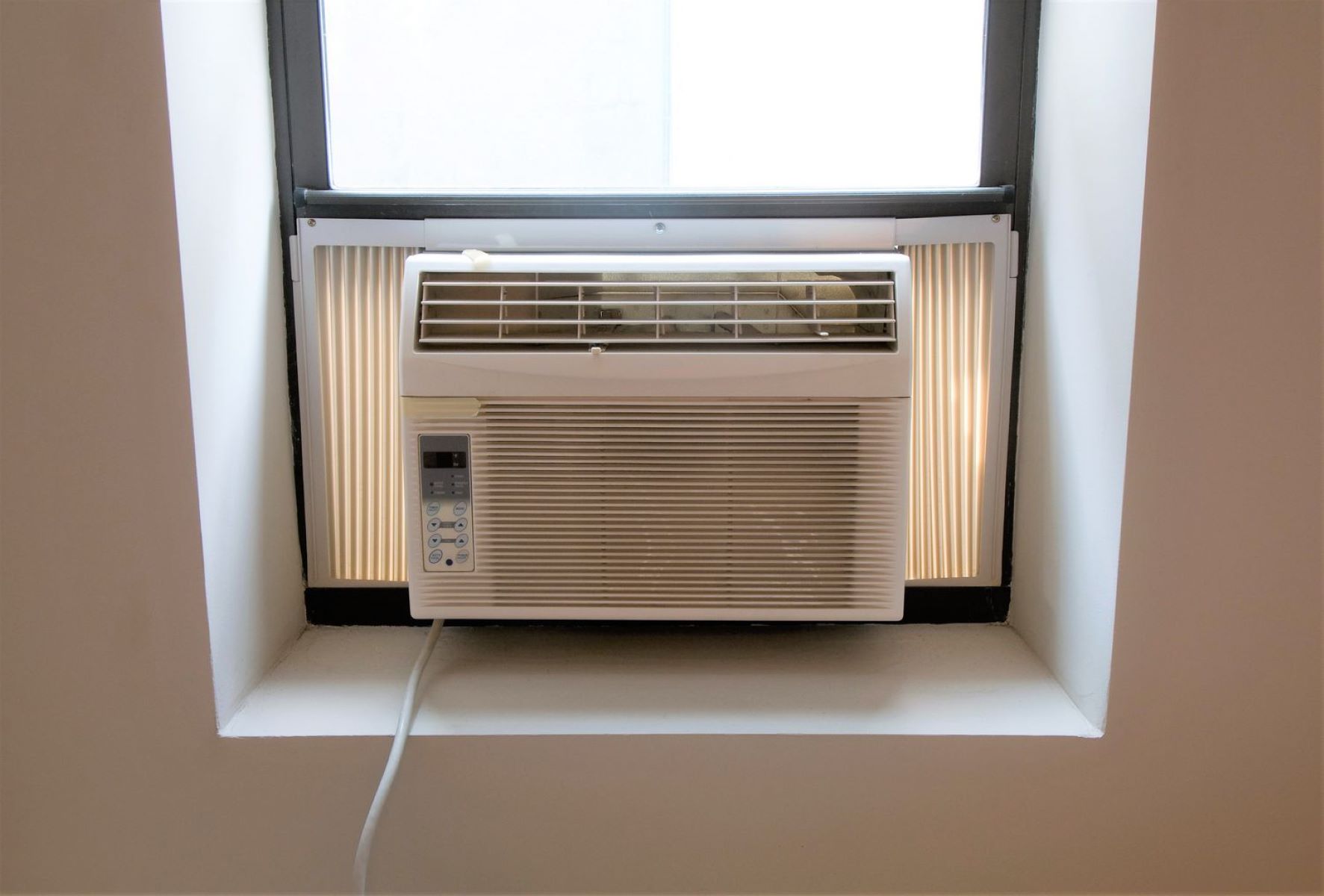
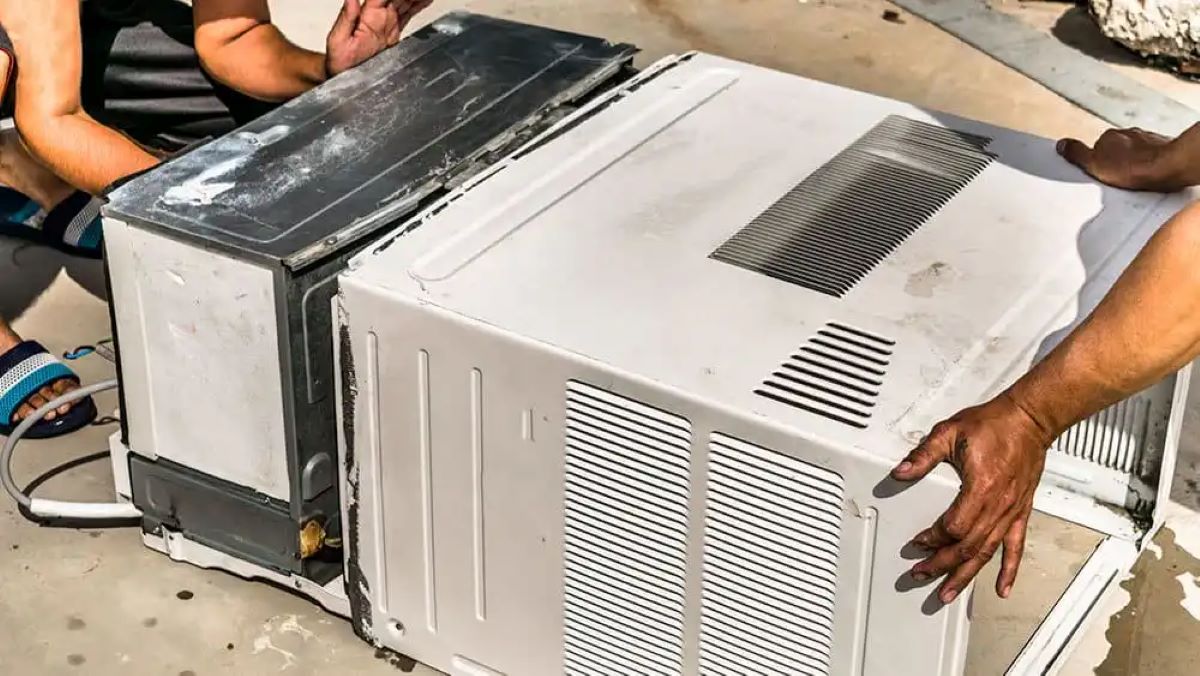
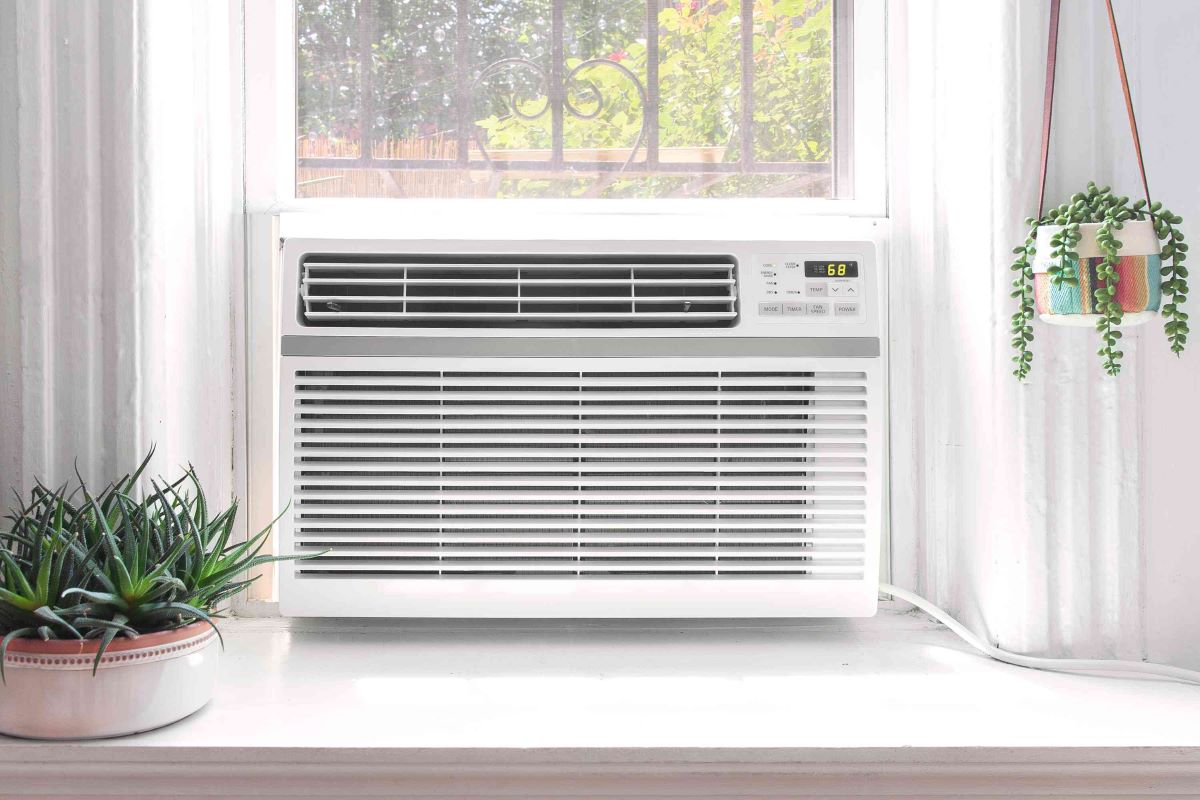
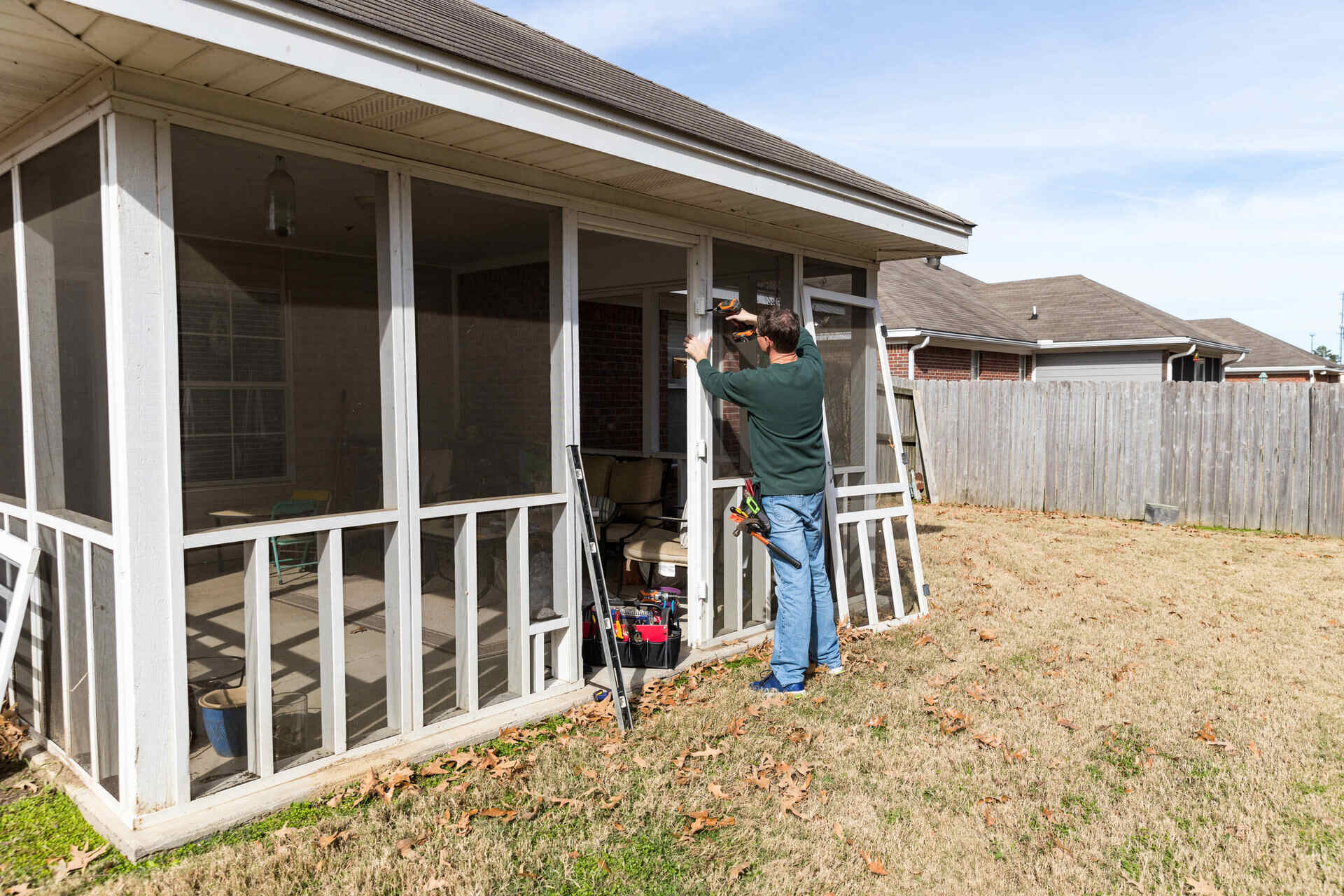
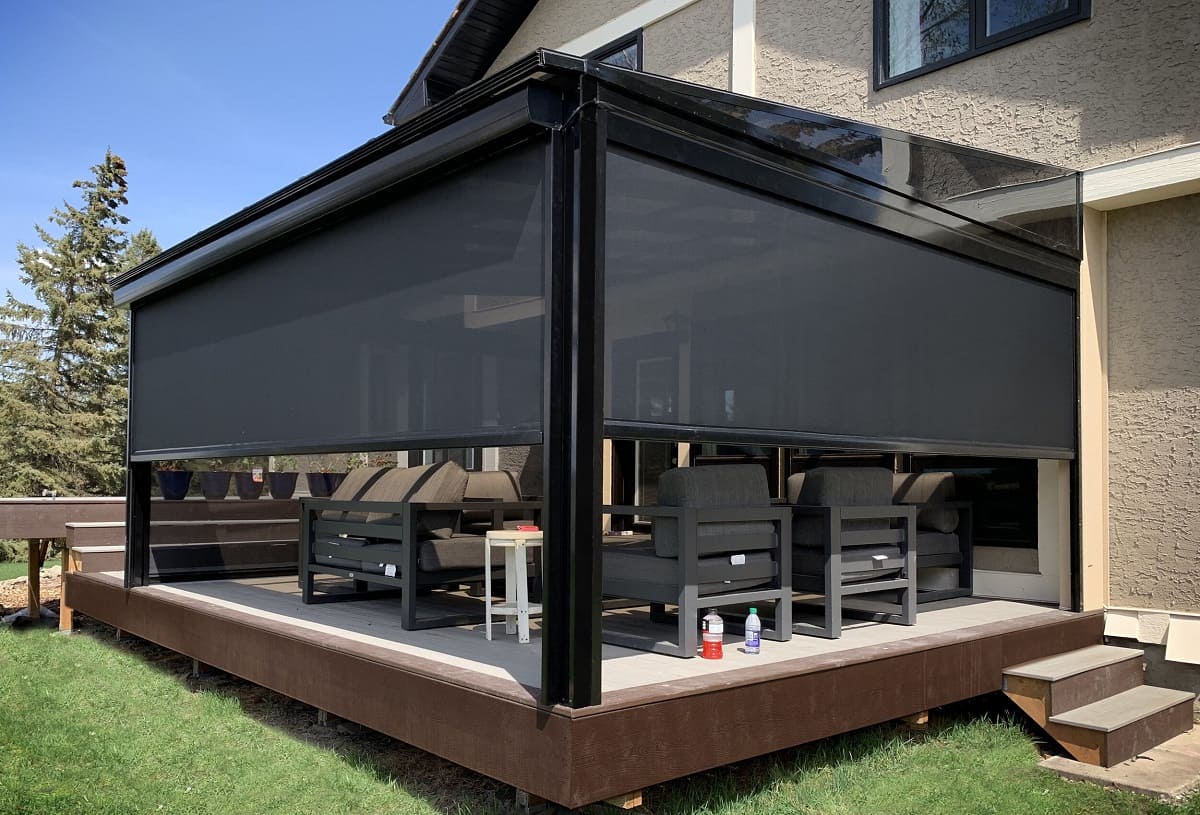
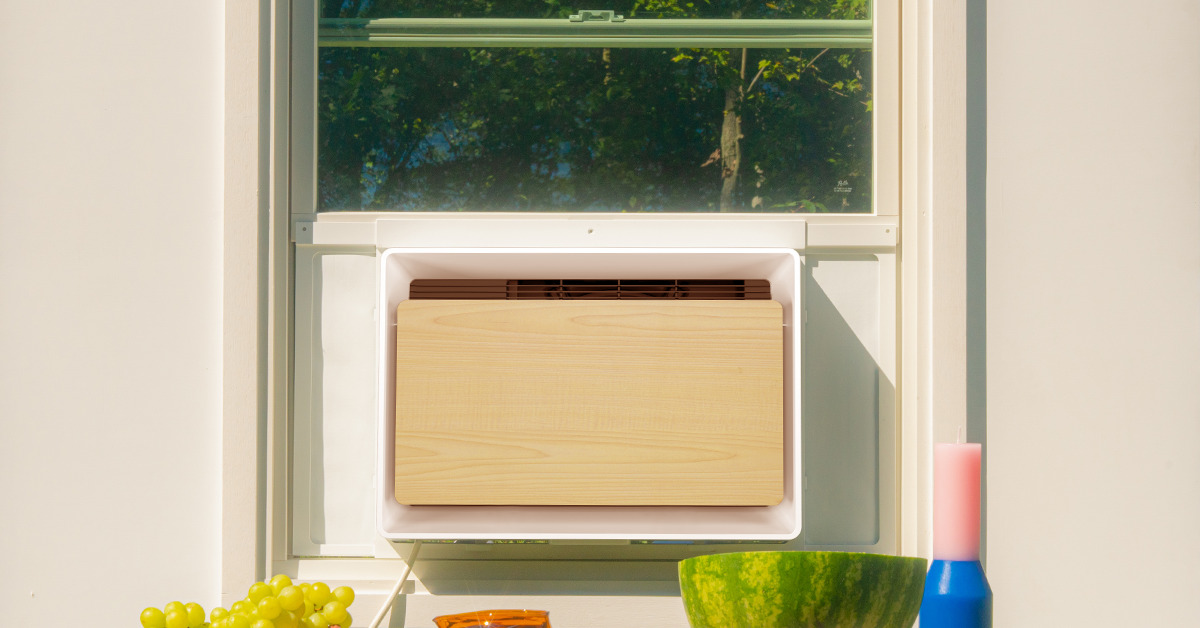




0 thoughts on “How To Store Window Screens”